11 Investigates | Surviving a Serial Killer: A deep dive into the most notorious killing spree in Toledo history
40 years after Anthony and Nathaniel Cook committed a series of brutal rapes and murders, victims, families, the lead detective - and a killer himself - speak out.
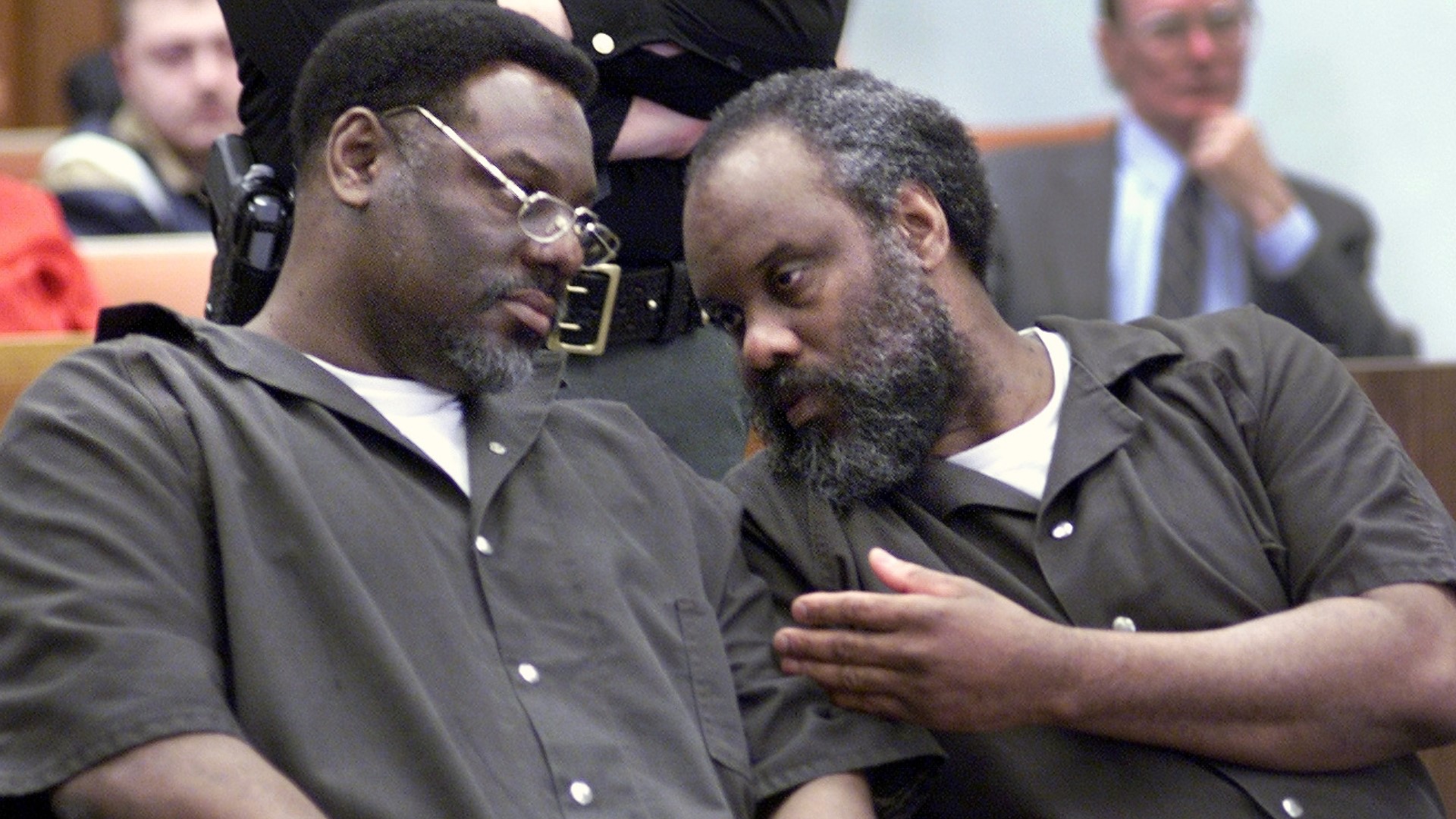
A changing landscape can trick a memory over a 40-year period.
"I think it was over here, but I'm not sure," retired Toledo police Detective Frank Stiles says, peering over a bridge at the water below. "Yes, it was here, but I think there was just a pipe there before."
Almost 40 years ago, the body of Connie Thompson was discovered by two young teens as they were sledding near the Langenderfer/Bancroft culvert in Lucas County. A medical examiner would later determine that the pretty, 18-year-old redhead was stabbed 43 times and raped.
Stiles was the lead investigator at Thompson's murder scene. After the medical examiner's ruling, it was apparent to Stiles that the teen's murder bore eerie similarities to an attack that happened on May 14, 1980 - eight months earlier. In that attack, Sandra Podgorski and her boyfriend, Thomas Gordon, were abducted on Toledo's Utica Street and driven to an area near where Thompson's body was found.

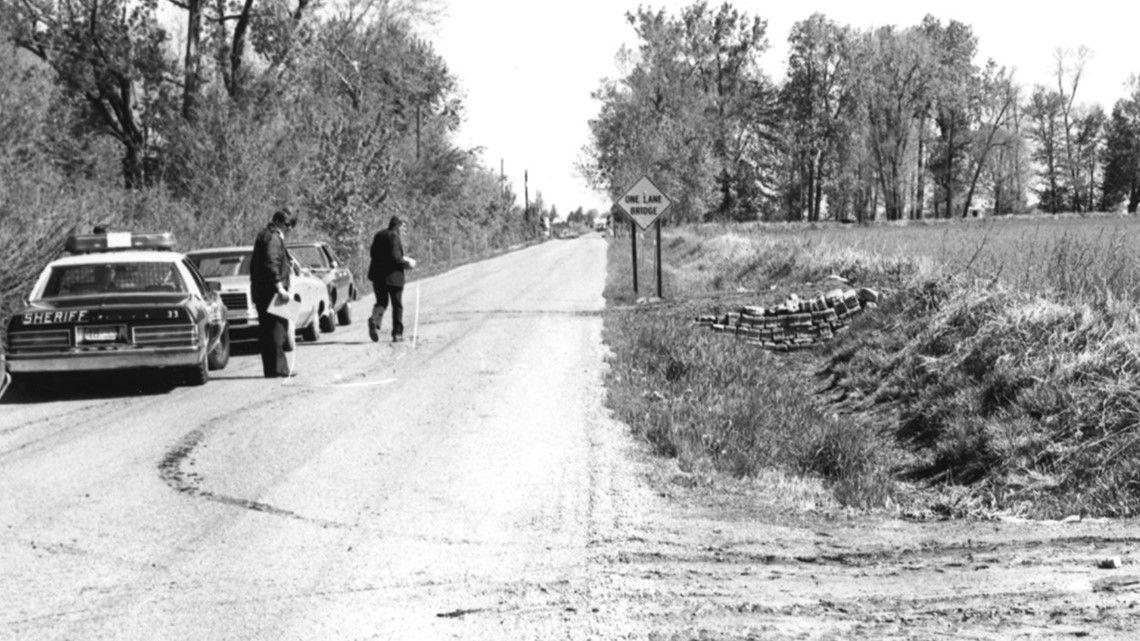
When Gordon tried to escape, he was shot and killed. Podgorski was raped, then she was stabbed multiple times with an awl - the same weapon used on Thompson - and left for dead. However, Podgorski survived and was able to tell police her attackers were two black men.
Stiles had no doubt that the killings were linked.
"We knew we were dealing with two people who were cold-blooded killers," Stiles says.
At the beginning of the 1980s, Anthony and Nathaniel Cook terrorized the streets of Toledo over a 16-month period. Police believe Anthony killed at least 10 people, with Nathaniel likely helping him with four of the killings. Their murderous rampage shattered lives and families. Four decades later, those families - and survivors - are still trying to put those pieces back together.

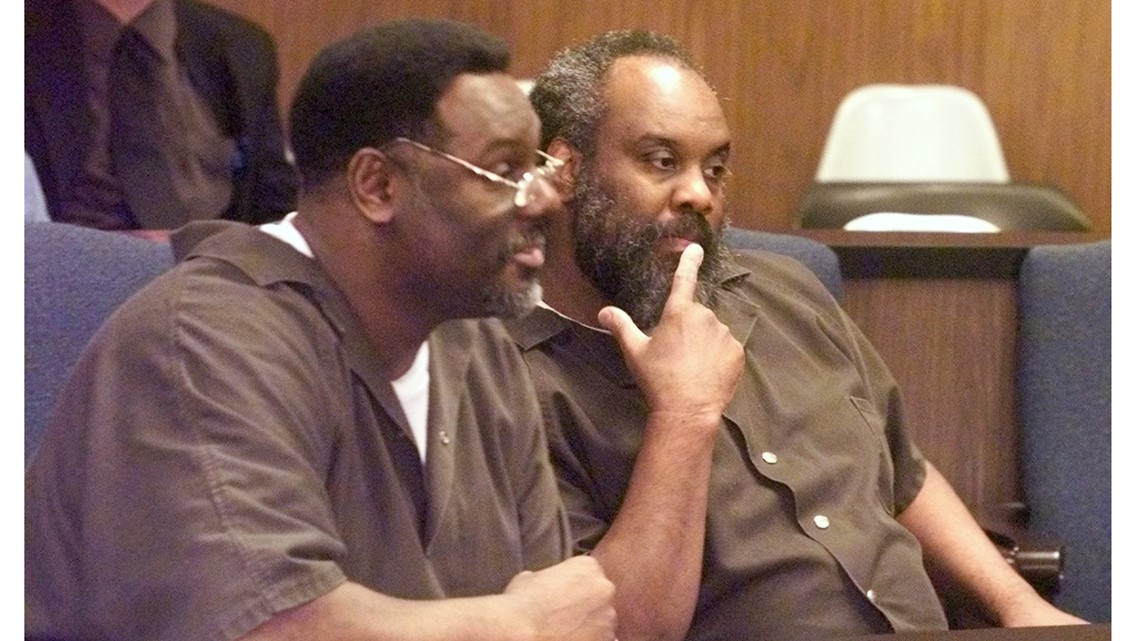
The Survivor Cheryl Bartlett, January 1981
In late January, 1981, Cheryl Bartlett had a dream that she was shot. A week later, she had a dream that she was shot and raped. Her boyfriend, Bud Coates, reassured her that she was safe with him. After the second dream, her mom warned her to stick close to their south Toledo home.
"She said, 'Stay in the house. This is a bad neighborhood.' But I was 18 years old ...," Bartlett says.
Late at night, Bartlett walked to meet her fiance after his shift at Kroger on Jan. 27, 1981.
"On the way back, my heart started racing. It's like something was telling me that something was going to happen, and it did," she says, her voice trailing off.

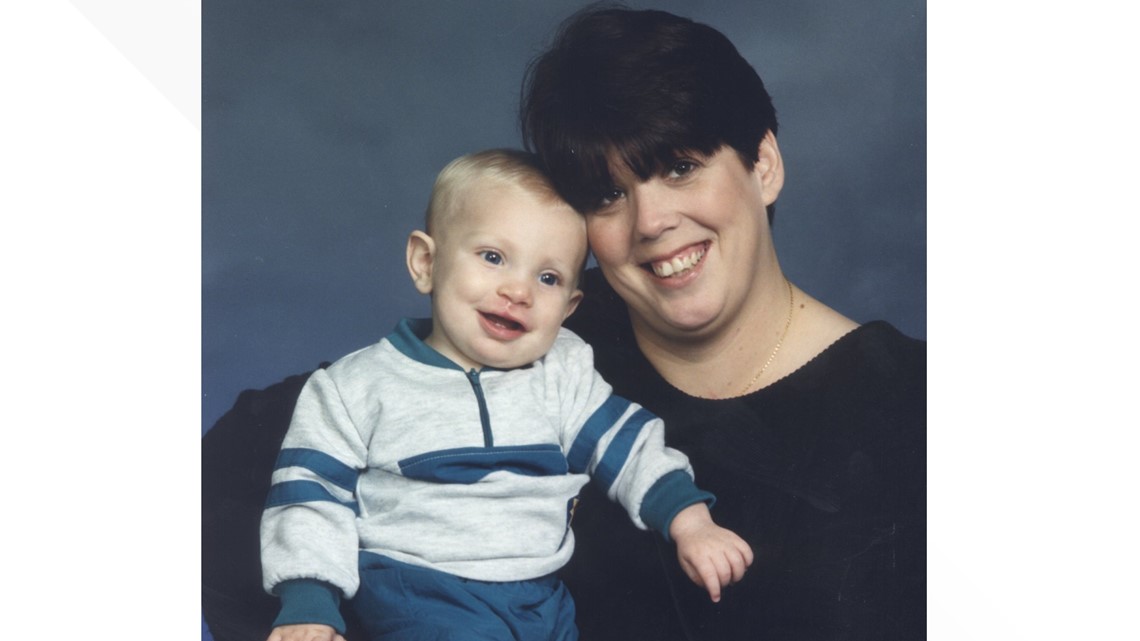
The couple were accosted by a gunman, who demanded money. That robber was joined by another man and Bartlett and Coates were taken to an alley, then into a garage on Segur Avenue.
Bartlett was raped and then one of the men told Coates to hug his fiancee.
"I think that was Nathaniel, because he called the other guy Tony. He told my boyfriend to hold me tight, because it was the last time he was ever going to hold me."
Then, a bullet was fired into Bartlett's back. Stiles believed that the brothers had only one bullet and were hoping the bullet would go through Bartlett and kill Coates. However, Coates did not get shot, and Bartlett survived.
Injured, Bartlett screamed and fled to a nearby home. She has had 20 surgeries because of that bullet, which fragmented once it entered her body.
WATCH | The Survivors and Family Speak
A New Level of Evil Dawn Backes, February 1981

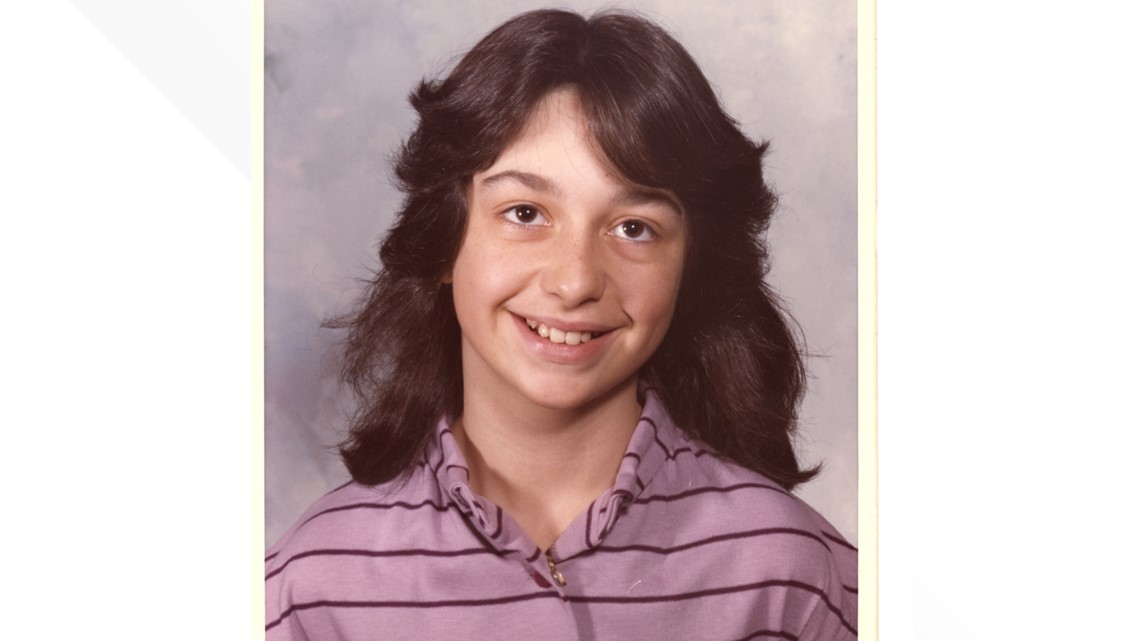
On Feb. 22, 1981, 12-year-old Dawn Backes was walking home, near the University of Toledo, after a night out with friends. Anthony Cook later told police that he spotted her while prowling the streets in his pickup. When he saw the girl cut down her street, he sped to the next street, then parked on a street that intersected the two streets, waiting for Dawn. He worked his way behind her, grabbed her, and forced her into his truck.
He then told police that he went to pick up Nathaniel, and the men took Dawn to the abandoned State Theater on Collingwood Boulevard.


The men were familiar with the site because they had been stripping copper from the facility for months. They led her into the darkened basement, blindfolded her, and savagely raped her. After forcing her to re-dress, they killed her by repeatedly dropping a cinder block on her head.
"I think about her every day - how happy and pleasant she was. She said her prayers every night, asking God to bless all the people and animals in the world," her mother, Sharon, says. "The neighbors would always talk about how sweet she was, because she wouldn't walk on their lawns, because she didn't want to be disrespectful."
After her death, a classmate, Marcie Wentz, wrote a poem that began. "She had big brown eyes that seemed to say / The world is mine, I'm here today / So friendly, so gentle, so much fun to behold / Yet quiet and caring and a heart full of gold."

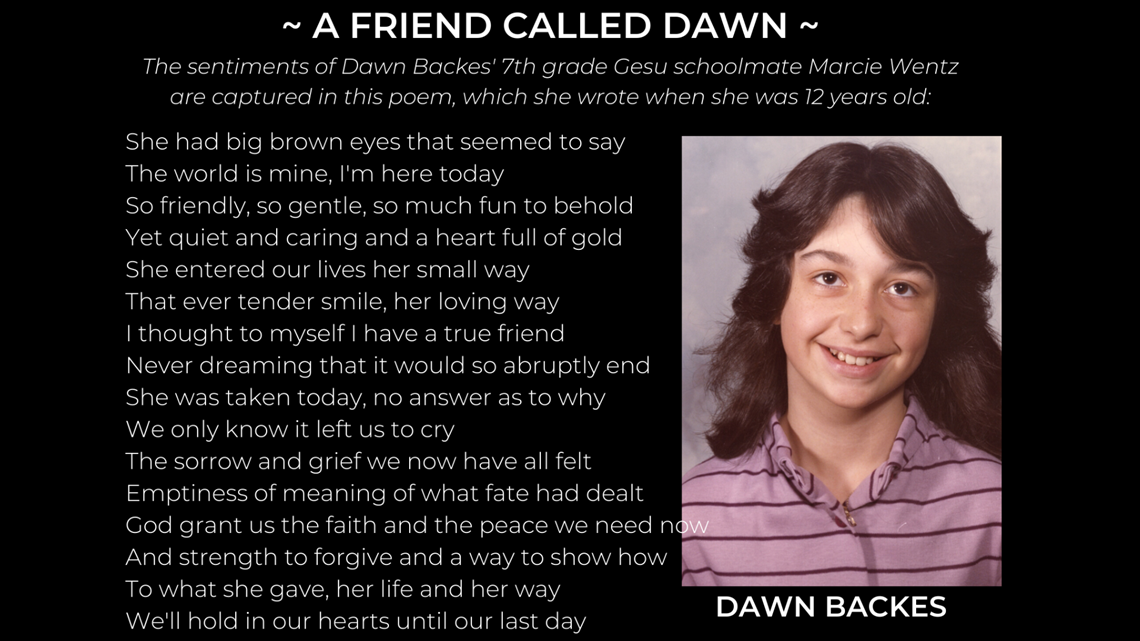
Dawn's mother showed up at the police station or called Stiles nearly every day.
"When you see a mother going through that, you just never get over that, at least I couldn't, and I'm pretty tough. I still have nightmares about that."

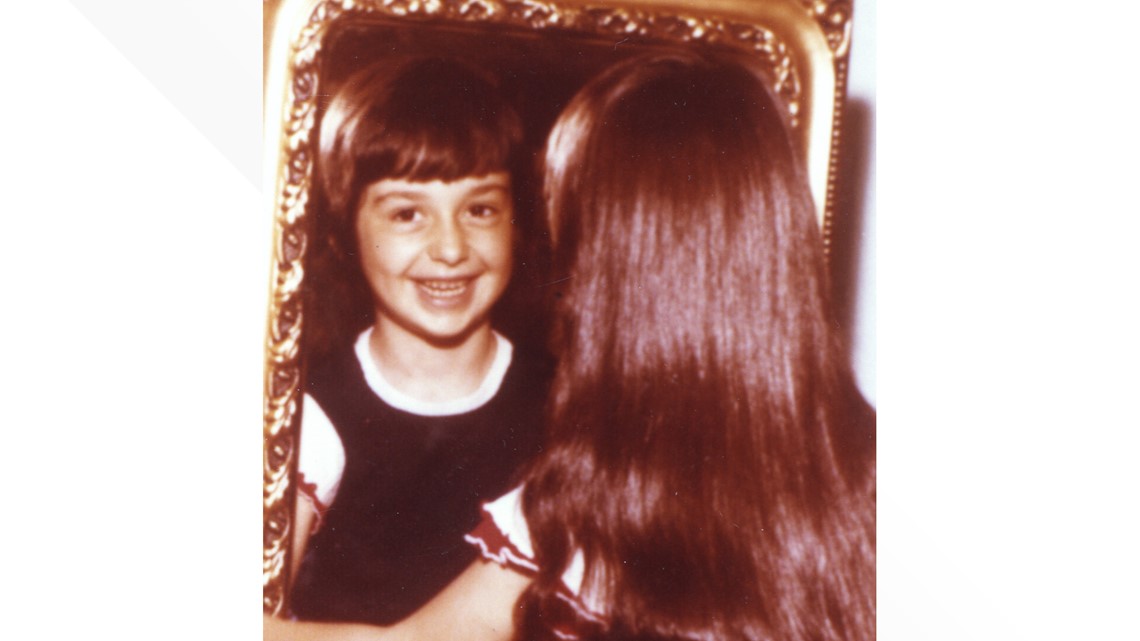
The Final Chapter Peter Sawicki, Sept. 1981
By late 1981, for reasons that aren't completely clear, Nathaniel Cook no longer wanted to take part in killings with his older brother. But the hunt was still a thrill for Anthony.
On Sept. 18, Anthony Cook was looking for someone to rob. He saw a van pull in and park at the Terrace View apartments, in Toledo but on the border of Ottawa Hills.
Inside were University of Toledo wrestler Todd Sabo and his girlfriend, Leslie Sawicki, the daughter of prominent real estate developer Peter Sawicki.
After the couple stepped from the van, Anthony pulled a gun on them and forced them back into the van. He tied up Sabo and partially tied Leslie. After being forced to undress, Leslie broke free and clawed at Anthony. Sabo then freed himself and wrestled the gun from Anthony and told Leslie to run inside.
She called the police, then her father.

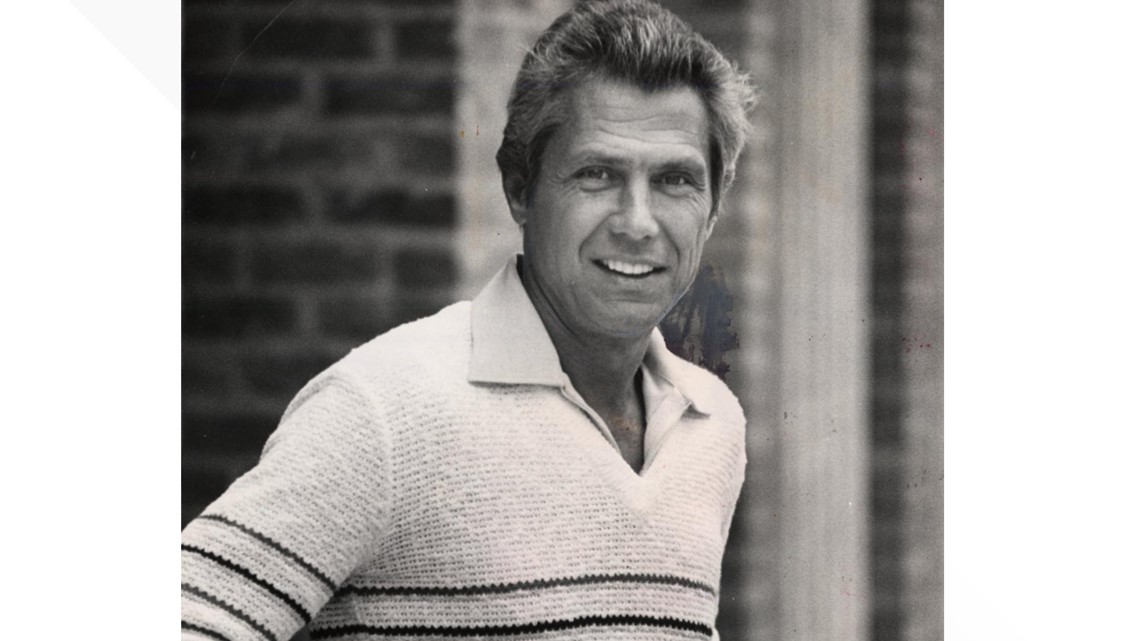
When Peter Sawicki arrived, he began beating the gunman. Sabo threw the gun to the ground, and while being beaten, Anthony wriggled over to the gun and shot and killed Sawicki and shot Sabo in the neck before escaping.
Weeks later, an informant turned on Cook, leading to his arrest.
Lucas County Sheriff John Tharp was working in the metro drug unit at the time of the hunt for Anthony Cook. After a stakeout, Tharp was part of the team responsible for arresting the suspected serial killer. They pulled him over on the interstate.
"It was a little nerve-wracking in that it was dark. He was in a pickup truck, so you couldn't see him very well. So when we approached the truck, we didn't know if he had a gun on him. We didn't know if we'd be exchanging gunfire."

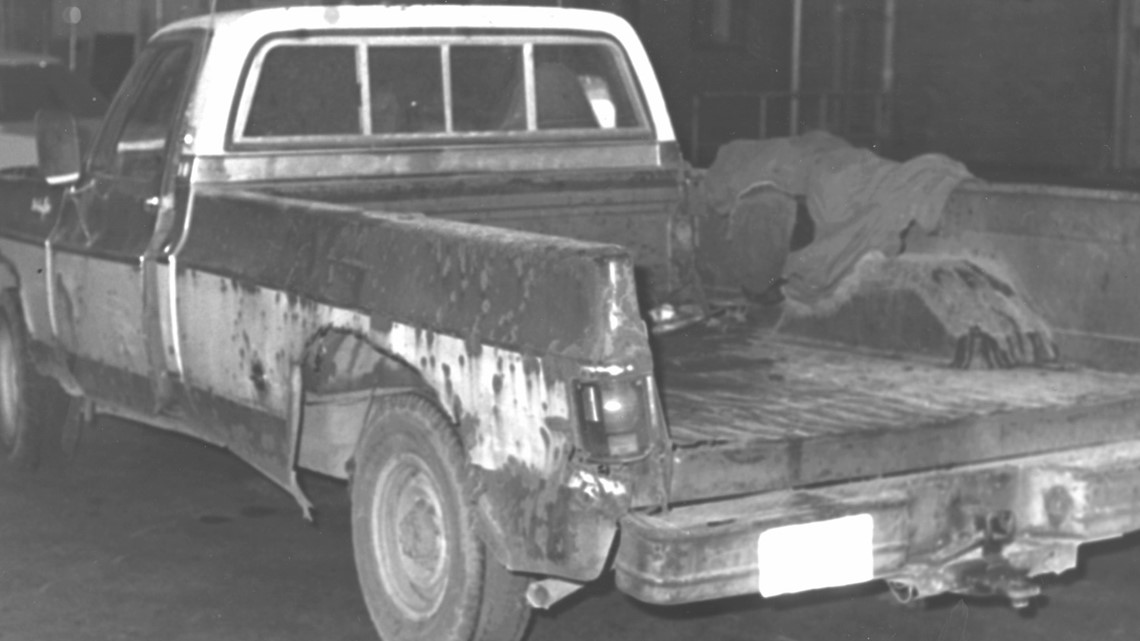
But Cook surrendered without incident and was convicted in March 1982 of Peter Sawicki's murder.
After his arrest and conviction, the savage murders and targeting of young white couples on the streets of Toledo ended.

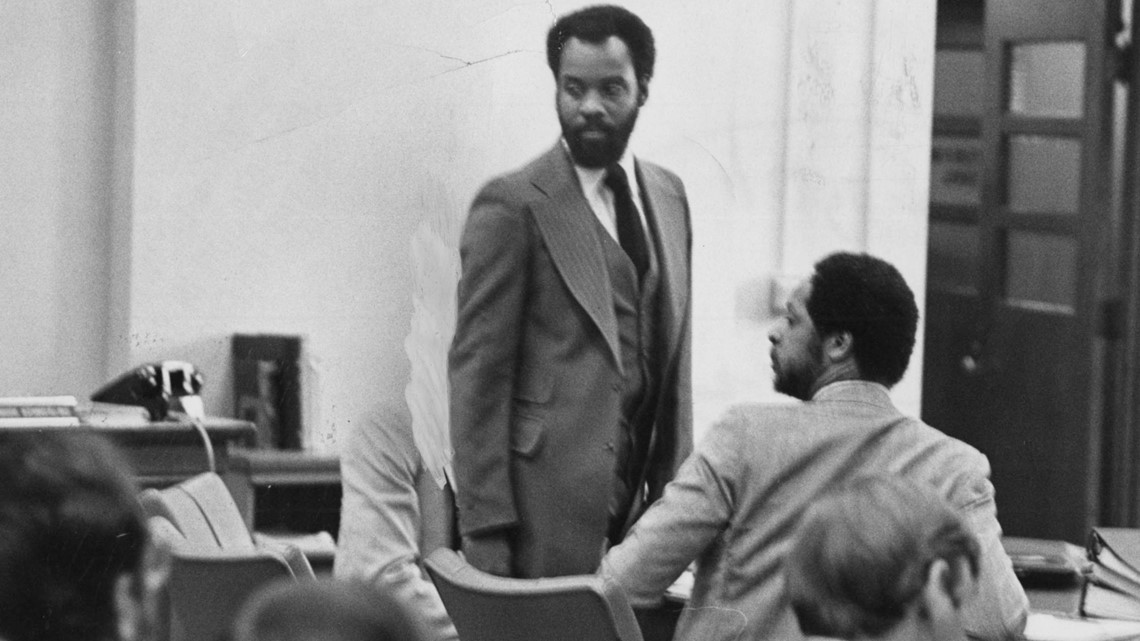
A DNA Breakthrough Sampling the killers
On Oct. 15, 1997, Lucas County Prosecutor Julia Bates called Stiles and told him about a conference she recently attended. The conference discussed the use of DNA in the Dr. Sam Sheppard case. Bates offered the brilliant suggestion to test old DNA from the series of murders in the early 1980s.
In fact, there was usable DNA from the Podgorski rape. After Nathaniel Cook was identified as a suspect in the Podgorski case by a visual ID, the DNA was compared to Nathaniel Cook's. It was a match.
Then Anthony Cook was brought from prison to obtain a DNA sample. It was also a match.

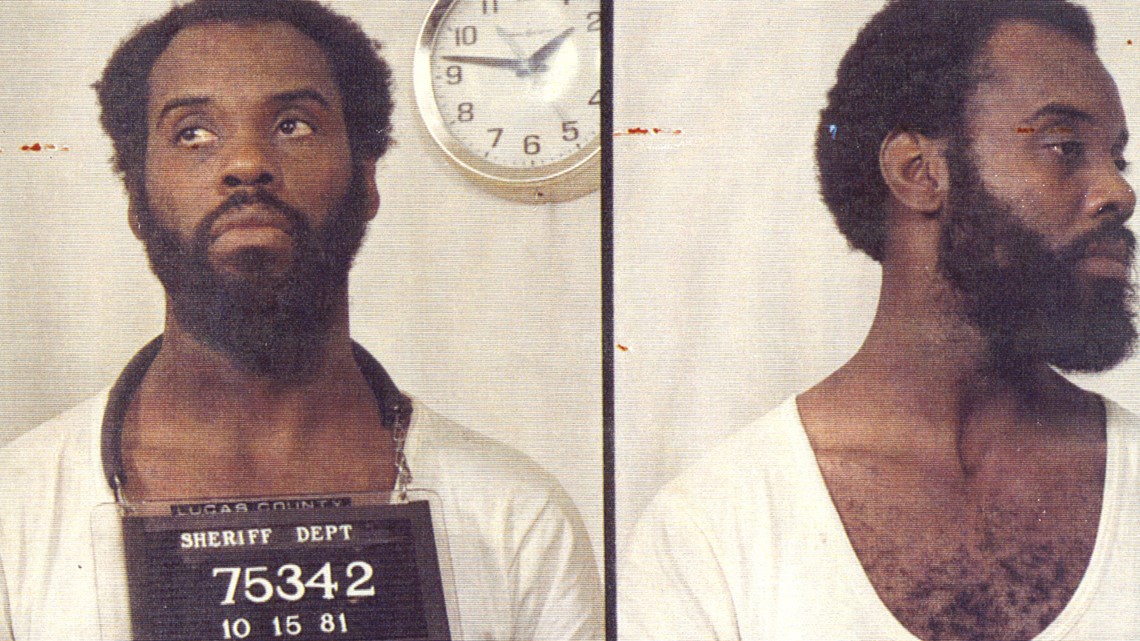

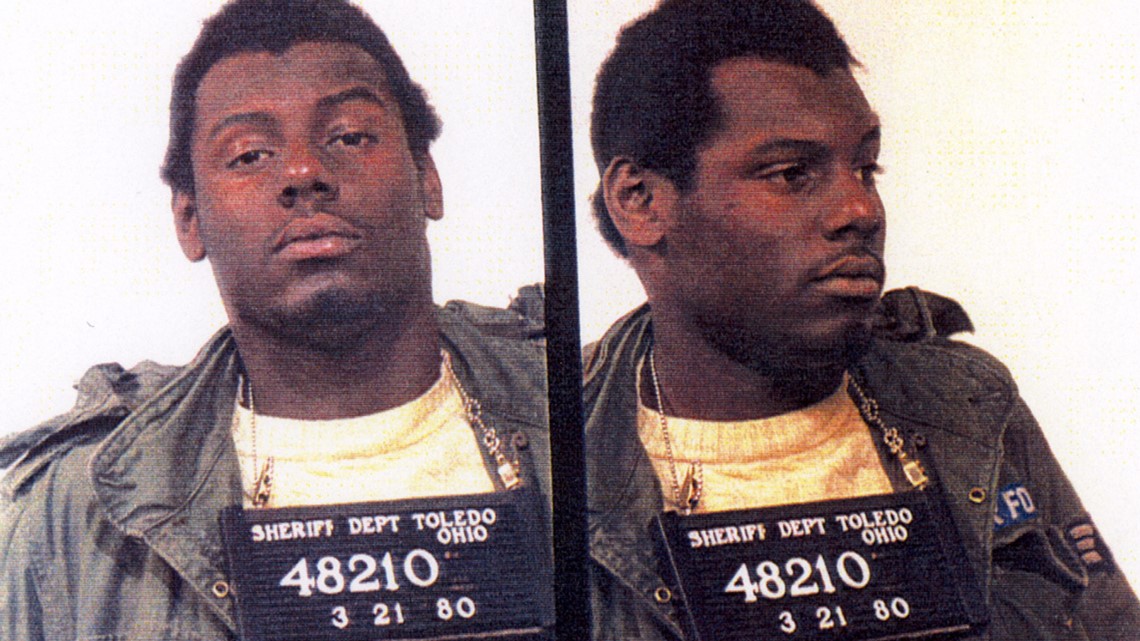
Both brothers were now in custody, and Stiles believed one or both also were involved in other killings, including the murders of Connie Thompson, Dawn Backes, Denise Siotkowski and Scott Moulton, Stacy Balonek and Daryl Cole, Lorena Zimmerman, Michelle Hoffman, and maybe even Cindy Anderson and Mark Wiler. They were also believed to be behind the Coates and Bartlett abduction and several unsolved rapes.
After discussing the idea with the victims' families, Bates agreed to offer the Cook brothers a deal. Anthony Cook would likely spend the rest of his life in prison for the Thomas Gordon killing, but Nathaniel Cook would be allowed out of prison after 20 years if the brothers confessed to all their killings and rapes in Lucas County.
If it was discovered that they lied, the deal would be pulled and both brothers would never be released.
Some families expressed regret about the plea deal, saying they never believed Nathaniel Cook would actually get out, which he did in August 2018.
"I feel like I betrayed my child," Dawn Backes' mother, Sharon Wright, says. "I just always believed in 20 years they would find something else against Nathaniel."
Others, like Bartlett, are upset they never got their day in court. She never got a chance to face them in court.
But Bates and police believed that the best way to close so many murder cases was to offer the deal.

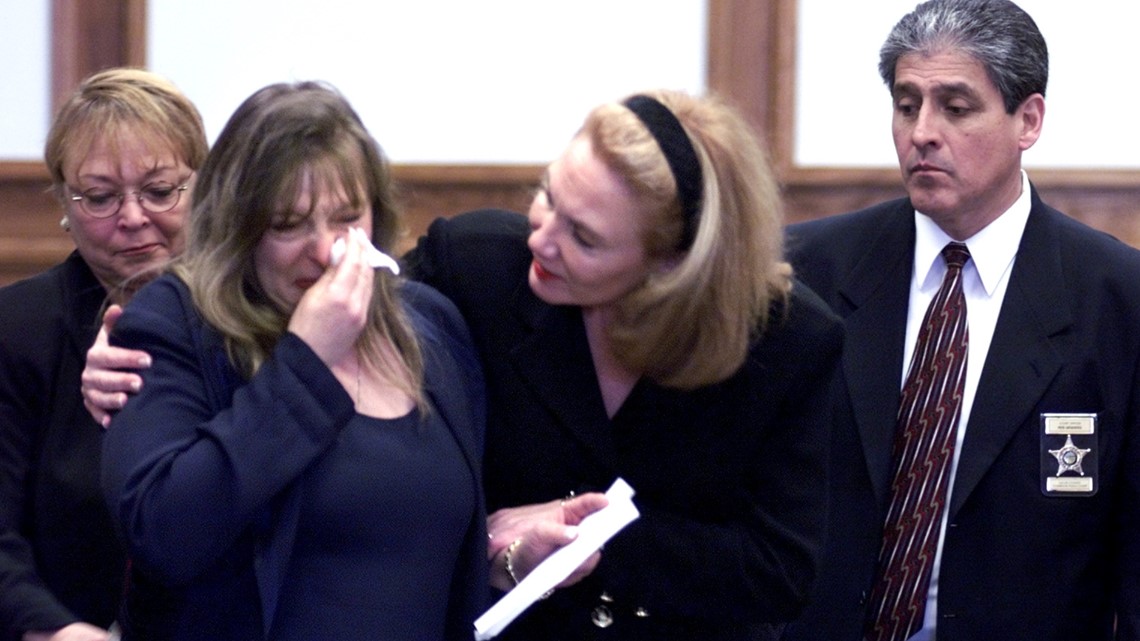
On April 3, 2000, their confessions were recorded on videotape.
Despite having an extensive case file to sort through, the police department was able to fulfill a public records request on March 9 for the interviews, transcribing the videos from VHS to DVD. Stiles detailed the conversations in his book, "Evil Brothers: A True Crime Story," which is available in local libraries.
The brothers did not confess to the Hoffman killing. Stiles believes that is because she was the niece of retired Toledo police Detective Tom Ross and the brothers believed prison would be much more difficult if they admitted to killing the relative of a police officer.


They also denied killing Anderson, Wiler, and Zimmerman. But Stiles was surprised that Anthony Cook admitted to killing Vicki Small after abducting her near St. Vincent Mercy Medical Center on Dec. 20, 1973.
In total, Anthony Cook is believed to be responsible for 11 killings and 11 rapes. Nathaniel Cook is believed to be behind four murders and four rapes.
On Aug. 9, 2018, Nathaniel Cook an admitted serial killer, was released from prison.
The Serial Killer at Home Nathaniel Cook
Nathaniel Cook is registered on the Ohio Sex Offender Registry. He is listed as 6 feet, 4 inches and weighing close to 400 pounds. He drives a black pickup and lives on West Central Avenue. He has several former work addresses. He has lost several jobs after his employers were told of his violent past by his victims' families.
He has never talked to the media. He would not go on camera, but 11 Investigates did talk to him for nearly four minutes.
A "Jesus" sign is pasted beside the doorway of the house where he lives. Does this mean that he has found religion, I ask him. "I have always had religion," he replies.

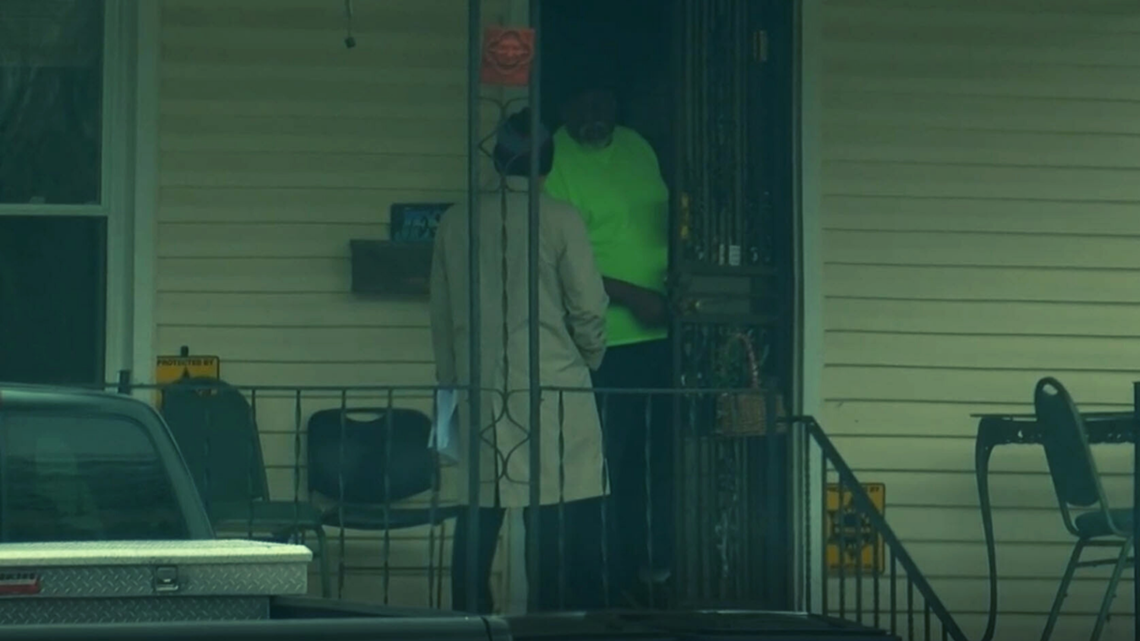
He shoots a disapproving look when I ask how life has been going since getting out of prison. He snaps, "How do you think it's been going?"
A check with the police department confirms that he has not been named on any complaints since being released. Court records show that his mandatory drug testing has ended because he has complied by the terms.
He refuses to offer apologies, to admit to any regrets.
"I'm doing the best I can do. I did my time. I'm moving on with my life, and that's all you can do," he says. "People are entitled to their opinions. I don't want people to know nothing about me. I just want to go on with my life, just like anyone else wants to do. People on the streets want to get on with their life. I'm the same way."
He isn't rude, threatening, or even intimidating, despite his size. But as he tells me to have a nice day and closes the door, it's hard to shake the fact that this man has admitted to raping and viciously killing several people, including a 12-year-old girl.
UPDATE: On Tuesday afternoon, a man claiming to be a Cook family member, calls me. He wants the public to know that the family has empathy and compassion for survivors and victims' family. He says there is absolutely no justification for the crimes and that the brothers need to accept their consequences. However, he says members of the Cook family have received multiple death threats. He says most members of the family are very religious. They too, he says, are victims because of the actions of their brothers. He asks that the public not take its anger out on innocent family members.

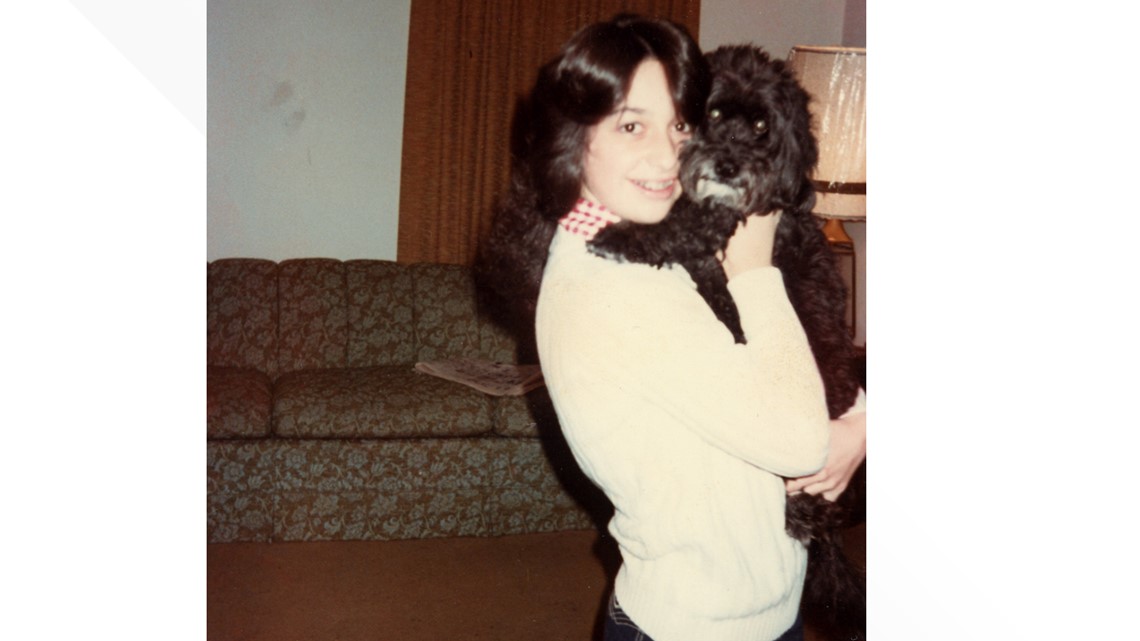
Victims and Survivors Healing, faith, and anger
Over a two-day period, family members and survivors come to the studio at WTOL 11. They find comfort in each other and in Stiles, who pays a visit to support them.
All their stories are remarkable and inspirational, but Sabo tells the story of returning to wrestle at UT mere months after a bullet traveled through his neck and into his brain. The year he returned, he finished second at the Mid-American Conference tournament.


But his spiritual transformation is even more striking. He admits to being a selfish person, hell-bent on revenge after being shot. About 15 years ago, his life turned dramatically when he turned to religion for emotional health.
During a 45-minute interview, he repeatedly mentions Scripture and says how his experience enables him to help others.
He admits to writing a letter to Anthony Cook, though the elder of the Cook brothers never responded. I ask him if he has been able to forgive Anthony and Nathaniel. He does not even hesitate.
"Absolutely. One hundred percent. Forgiveness is the key to our faith. Jesus died on the cross for the forgiveness of our sins. So forgiveness is everything," he says. "A world without forgiveness is a world with constant revenge and retribution."

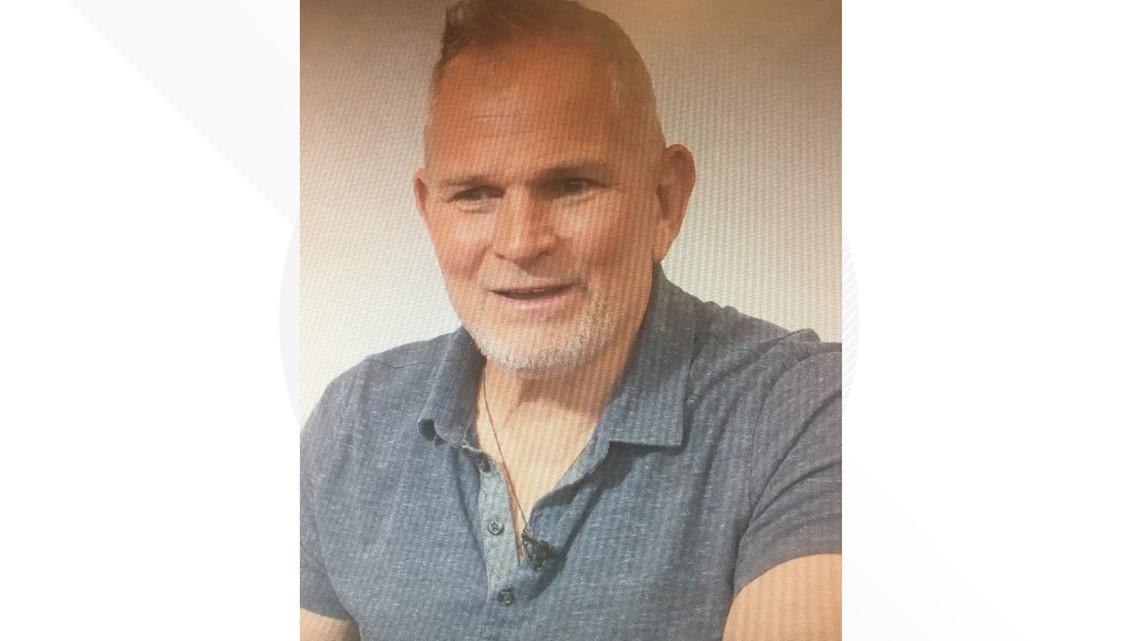
I tell him that Nathaniel has a "Jesus" sign posted at his home.
"Praise God that he has 'Jesus' posted on his door. I hope he's come to the point of understanding his brokenness and has accepted the blood of Christ," he says. "We don't like the idea that someone can do something horrible - and be let off the hook - until we realize we're horrible and we've been let off the hook."
Sharon Backes Wright has no intention of letting the Cook brothers off the hook. She keeps a landline in her home, with the sole purpose of someday getting a call telling her that the Cooks are dead.
"They belong in the depths of hell. I want the public to be aware of what kind of monsters are walking the face of the earth," she says. "Closure is just a word. You live with this every day for the rest of your life."
It is a sentiment that Steve Moulton shares. He was at college when his brother disappeared.
"Every day, we look at pictures of him. We talk about him, My oldest son's middle name is Scott."

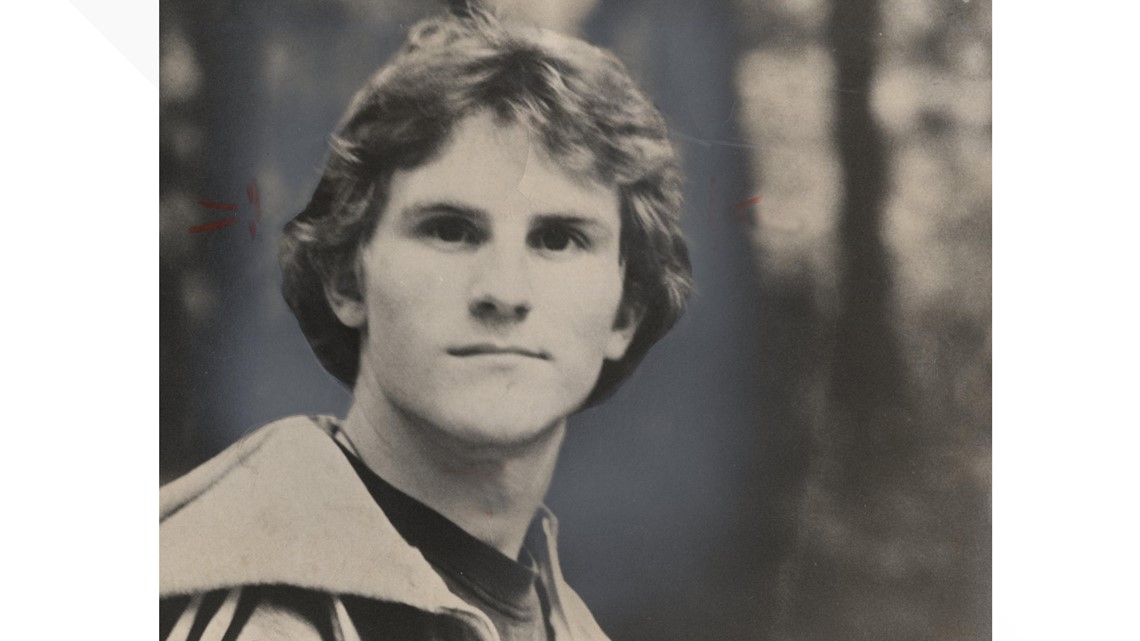
The killing still reverberates in how he approaches life.
"If my wife goes to the grocery store or my kids are going out, I make sure I know where they are," he says. "My kids didn't like it all the time while growing up, but I think they understood."
For Cheryl Bartlett, she is one of the few of the people who survived the Cooks.
She still has memories of the night, can't go into garages, and she has repeated nightmares. But her husband, Danny, has been her rock and comforts her when the dreams come or when she gets scared.
She hopes that Nathaniel Cook sees the TV special or reads her story. She wants him to know something.
"I have a scar going all the way down to my stomach, and I'll look at it," she says. "You may have ruined me when I was 18, but I'm 57 years old now, and I'm not a victim no more. I'm a survivor. In the end, you will meet your maker, and he will get you."
The Retired Detective Frank Stiles remembers
Frank Stiles is a legend in Toledo police circles. He had an uncanny ability to connect with suspects and get them to admit to their crimes. On the streets, he was feared but also respected for his fairness.
He closed hundreds of cases. He closed the Cook case legally, but he has never been able to shut the door on it emotionally.
"I've never gotten over this case. Other cases I have been able to walk away from. But this case has haunted me for 40 years," he says.
For a man who was obsessed with his job, he became afraid to go to work.
"It got to the point where I dreaded going to work, because it was my job to catch them. And I wasn't doing my job," he says. "I'd go to work and think, 'Oh my God, there is going to be another killing.'"


As he wraps up the interview, his voice catches and tears form in his eyes.
"I still have nightmares."
I have one final question about Anthony Cook, who refused to be interviewed for this story.
"If he hadn't been stopped, would he have continued killing?" I ask Stiles.
There is no hesitation.
"There is no doubt in my mind. That was his thing. He enjoyed it."


